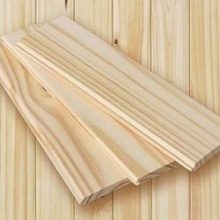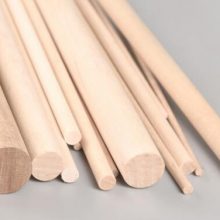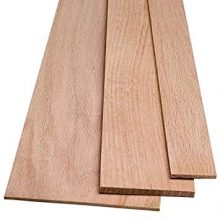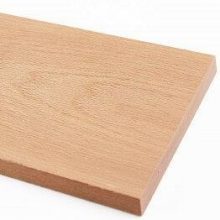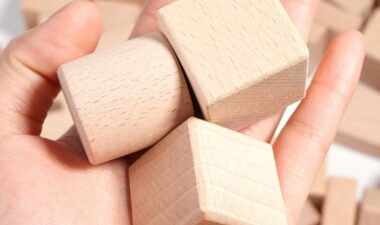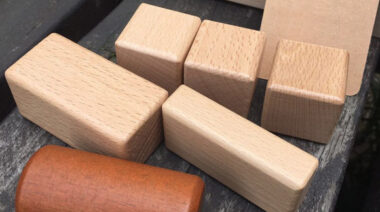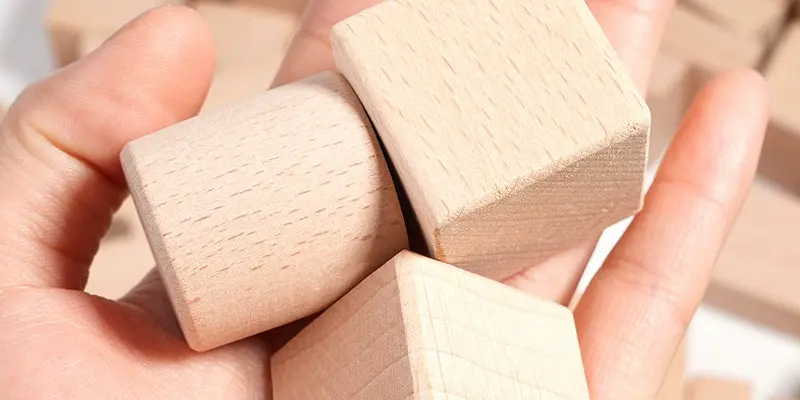What Wood is Best for Wooden Toys? Materials Comparison & Safety Guide
Wooden toys have a special charm—natural, warm, and timeless. But behind every beautifully crafted toy is a carefully chosen material. The type of wood used affects the toy’s durability, finish, cost, safety, and environmental impact.
If you’re planning to produce your own wooden toy line or simply want to understand how high-quality toys are made, this guide will help you compare the most popular wood types used in toy manufacturing—and which ones are safest for children.
🌳 Why Material Matters in Wooden Toys
Before we dive into wood types, let’s understand why wood choice is so important:
-
Durability: Hardwoods last longer and resist damage
-
Safety: Some woods contain natural oils or allergens
-
Finishing quality: Not all woods absorb paint or engraving equally
-
Weight: Light woods are better for toddlers, heavier woods suit puzzles or sets
-
Sustainability: Eco-conscious buyers often ask for certified or reclaimed wood
So—what wood is actually best?
🌲 1. Beechwood – The Gold Standard
Pros:
-
Fine, even grain
-
Very durable and impact-resistant
-
Smooth surface, great for painting or laser engraving
-
Non-toxic and odorless
-
FSC-certified sources widely available
Best for: Baby toys, puzzles, blocks, and premium educational sets
Why it’s great: Beech is a hardwood with a soft look. It’s strong without being too heavy, and rarely causes allergic reactions. It’s one of the most common choices for EU and US toy brands.
🌿 2. Rubberwood – The Sustainable Favorite
Pros:
-
Eco-friendly – harvested from retired rubber trees
-
Light in color, minimal grain pattern
-
Cost-effective for mass production
-
Accepts paint and coatings well
Best for: Mid-range toys, figurines, stacking toys, Montessori items
Why it’s great: Rubberwood is one of the most sustainable materials in the industry. It’s stable and easy to process, though slightly softer than beech.
🌲 3. Pinewood – Lightweight & Economical
Pros:
-
Very lightweight
-
Readily available, low cost
-
Suitable for large toys or decorative items
-
Can be FSC-certified
Cons:
-
Softer, more prone to dents and scratches
-
Paint may bleed on its uneven grain
Best for: Large toy structures, craft-style toys, gift boxes, budget-friendly items
Why it’s great: Pine is great when weight and cost matter. It’s not ideal for small, high-precision parts but works well for large-format toys.
🍂 4. Basswood – Great for Carving & DIY
Pros:
-
Very soft and light
-
Smooth texture, perfect for carving
-
Takes stain and paint well
-
Widely used in hobbyist and DIY markets
Cons:
-
Too soft for heavy-duty play
-
Not suitable for high-impact toys
Best for: Custom figurines, puzzle inserts, low-impact toys
Why it’s great: Basswood is great for design flexibility and is often used for custom or handmade toys—but not the most durable option.
🪵 5. Maple, Birch, and Other Hardwoods (Premium Options)
-
Maple: Very hard, smooth, and resistant to damage. A favorite in North America.
-
Birch: Strong and clean-grained, great for flat surfaces and modern designs
-
Oak: Visually striking but heavy and less commonly used in toys
Why they’re great: These woods offer premium aesthetics and toughness, perfect for upscale brands. However, they are more expensive and harder to process.
🧸 Which Wood Is Safest for Children?
For baby and toddler toys, non-toxic and allergen-free hardwoods are ideal. Look for:
-
FSC Certification (responsibly sourced wood)
-
EN71 / ASTM F963 / CPSIA compliance for coatings and materials
-
Smooth edges and splinter-free finishes
-
No chemical treatments or strong odors
💡 Tip: Always ask your wooden toy manufacturer for safety test reports and to confirm that paints or finishes meet international standards.
🌎 Eco-Conscious Materials & Trends
With growing demand for sustainable toys, many brands are switching to:
-
Recycled or reclaimed wood
-
Bamboo (technically grass, but used like wood)
-
Natural oils and beeswax instead of lacquer
-
Plastic-free packaging
Rubberwood and FSC-certified beech remain top choices for eco-focused buyers.
